For hundreds of years, travellers in Japan have been staying at traditional guesthouses called Ryokans. In fact, the world’s oldest hotel is a Ryokan! It is called Nishiyama Onsen Keiunkan and was founded in 705 A.D Ryokan. And in fact, you can still stay here today! But Ryokans aren’t just places to stay; they feel like a piece of history—a cultural touchstone. And one of the best experiences to add to your travels.
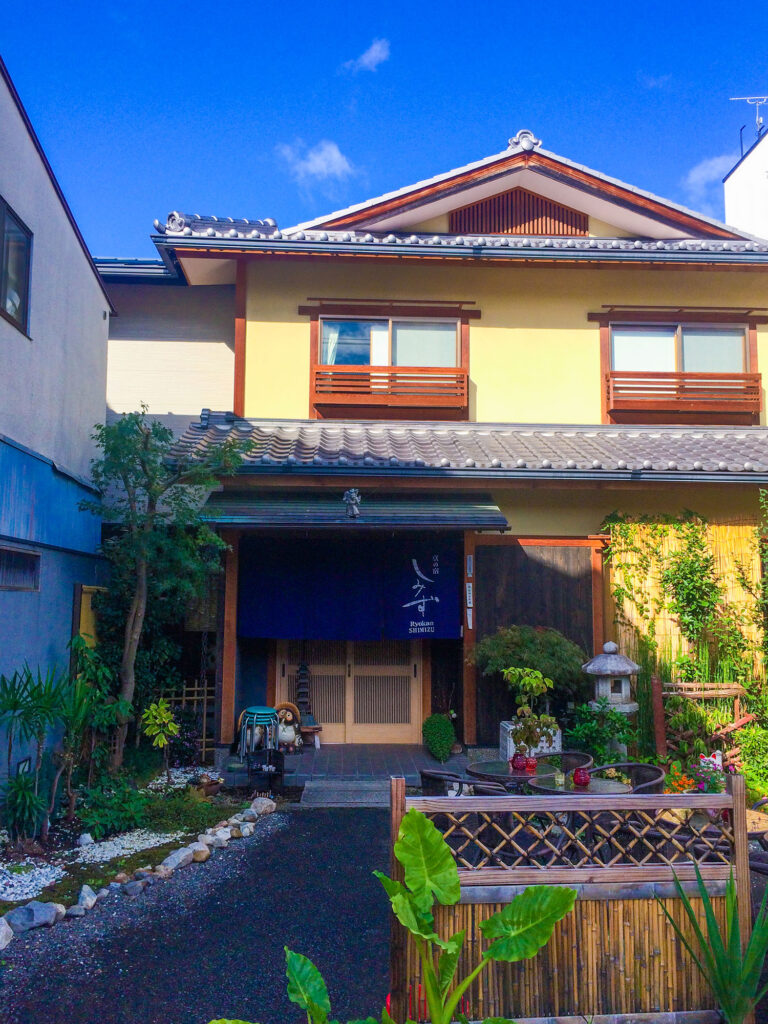
Ryokans are the best place to recharge, so they make a great stopover in the middle of your trip to help re-energize your body and soul. We opted to stay in a Ryokan in Kyoto. It was the perfect place to reset from the busy atmosphere of Tokyo. The days we spent in the Ryokan were some of the most peaceful of our entire trip. We even opted to spend almost an entire day in our room as it was just that comfy. We read our books, drank tea and sat in the zen garden, watching the locals walk by on their way to and from the center of the city. Although there are a few Ryokans in Tokyo, for the most part, Ryokans are found in the countryside, where the ambiance seems to suit the location.

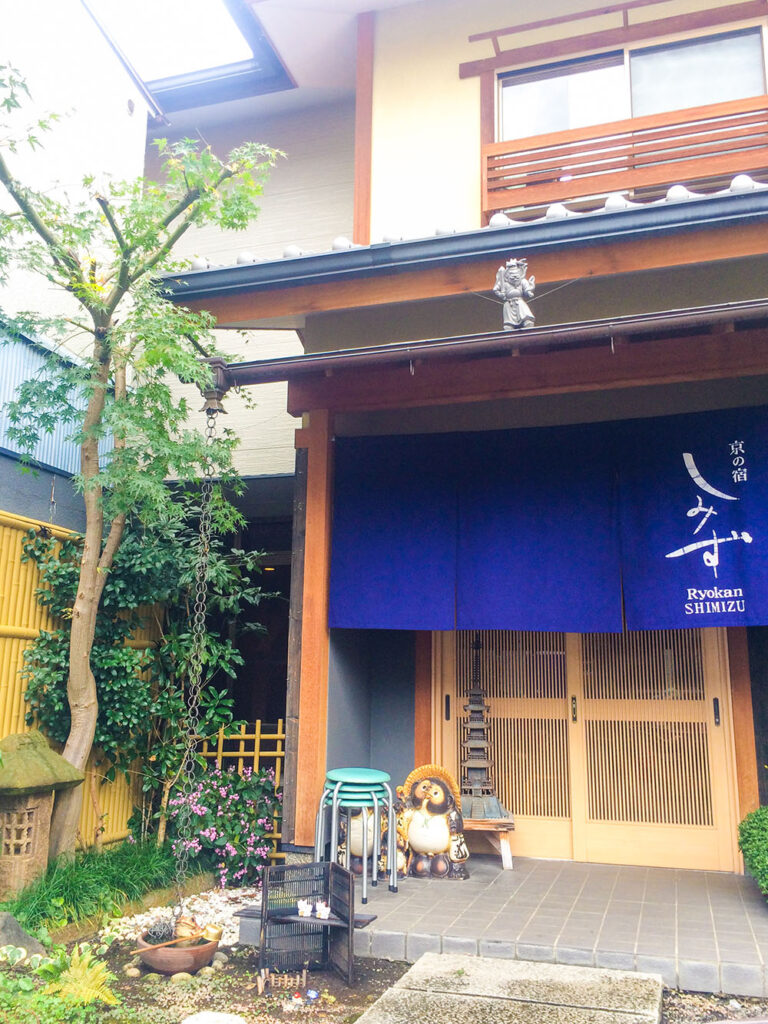
What is a Ryokan
A Ryokan is a traditional Japanese guesthouse. They are found inside typically historic wooden buildings, usually low to the ground with one a few storeys. Walking inside, they are decorated with straw tatami mats, paper sliding doors and screens, an onsite onsen, and a beautiful garden. Each of these items combines to form the mould of the Ryokan experience.
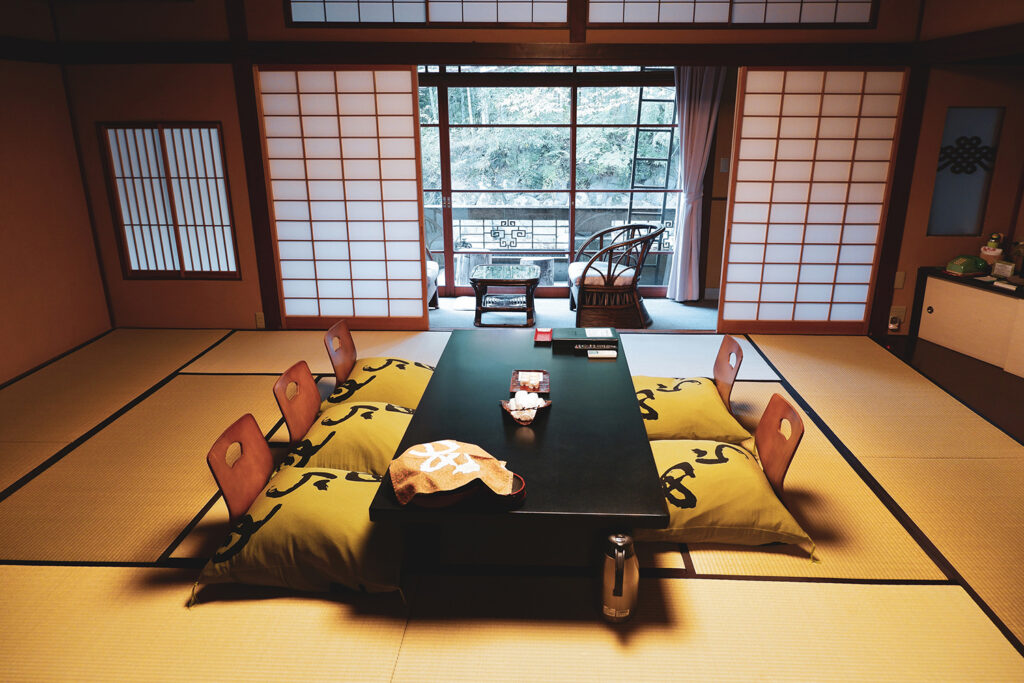
History of the Ryokan
The first Ryokans were free boarding houses to give people a place of refuge from the elements. Back then, there were no highways or set routes for people to travel, so often, pilgrims would find themselves sleeping outside under the stars. Buddist monks set up these rooming houses to help the less fortunate.
The Samurai Influence
Years later, in the Edo period, Ryokans were places of sanctuary for travelling samurai. This is where the ideas of ceremonial meals and tea services came into popularity. Samurai were honoured warriors and hosting them in your home was considered a great privilege. As a host, you wanted to do everything you could to keep them happy and entertained. The samurai would dine and drink sake late into the night, knowing inside the Ryokan they were safe from attack. One of the reasons for Ryokans’ architectural designs with low ceilings and narrow staircases was to ensure it was difficult to swing a sword. This was done to ensure the samurai respected the sanctuary and no fighting ensued inside.
Modern Day
When the economy began to boom in Japan and roads were built, more and more people began travelling. One of the most popular destinations were various hot springs (onsens) around the country. To service these travellers, Ryokans started opening their doors to everyone, and the modern idea of guesthouses was established. But the Ryokans continued to serve food and drink to their guests, just as they had to samurais long before them. And the Buddist ideals of peace inside the walls of the Ryokan also cemented itself into the history of Ryokans forever.
How Much Does it Cost?
While Ryokans are on the pricier side of accommodations, there are a variety of types of Ryokans to choose from. You can find historic Ryokans, luxury Ryokans and even economy family-run establishments. Each different type comes at a different price level. The economy Ryokans don’t offer elaborate meal service, so the price is significantly reduced. These still have all the amenities and stunning interiors. They are great options if you want to experience a Ryokan without breaking the bank. The luxury Ryokans on the other hand are a once in a lifetime experience. Sometimes with a private, in-room onsen to enjoy outside with stunning views of the countryside around you.
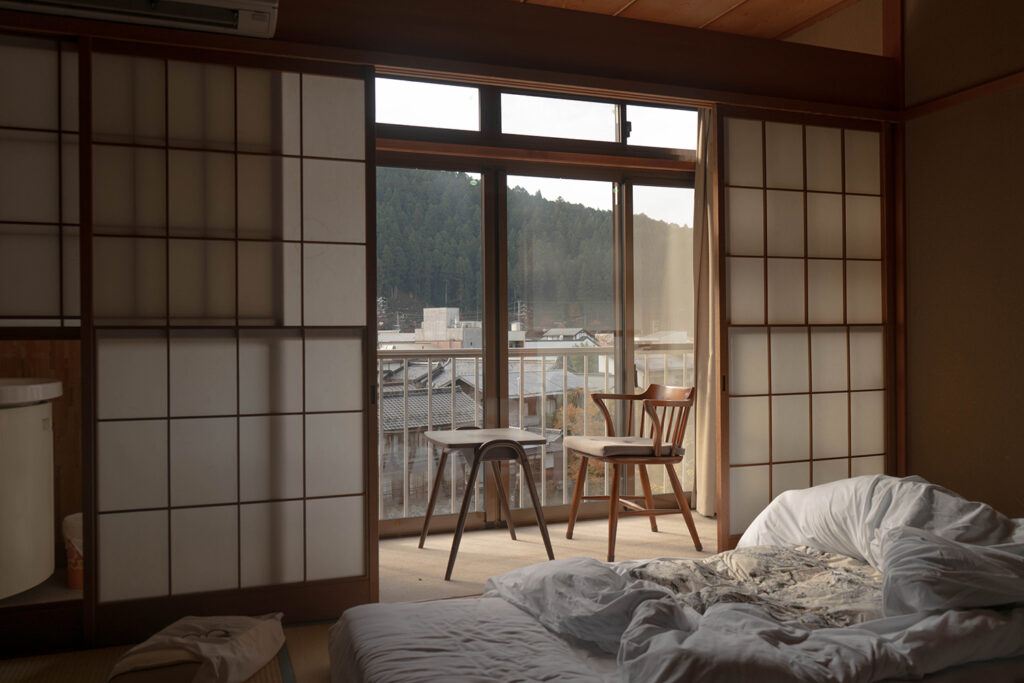
Shoe Etiquette
The most important rule to keep in mind when checking into your Ryokan is to remove your shoes. When you walk into the Ryokan, there will be a large cabinet by the door where you can store your outdoor shoes. You will be presented with a pair of indoor slippers to wear inside. But even these slippers must be removed when you enter your tatami floored room. Ryokans are made of precious and delicate materials so doing your part to preserve them is very important. If your Ryokan has an outdoor area or outdoor onsen, you will find they might offer outdoor wooden sandals to wear as well.
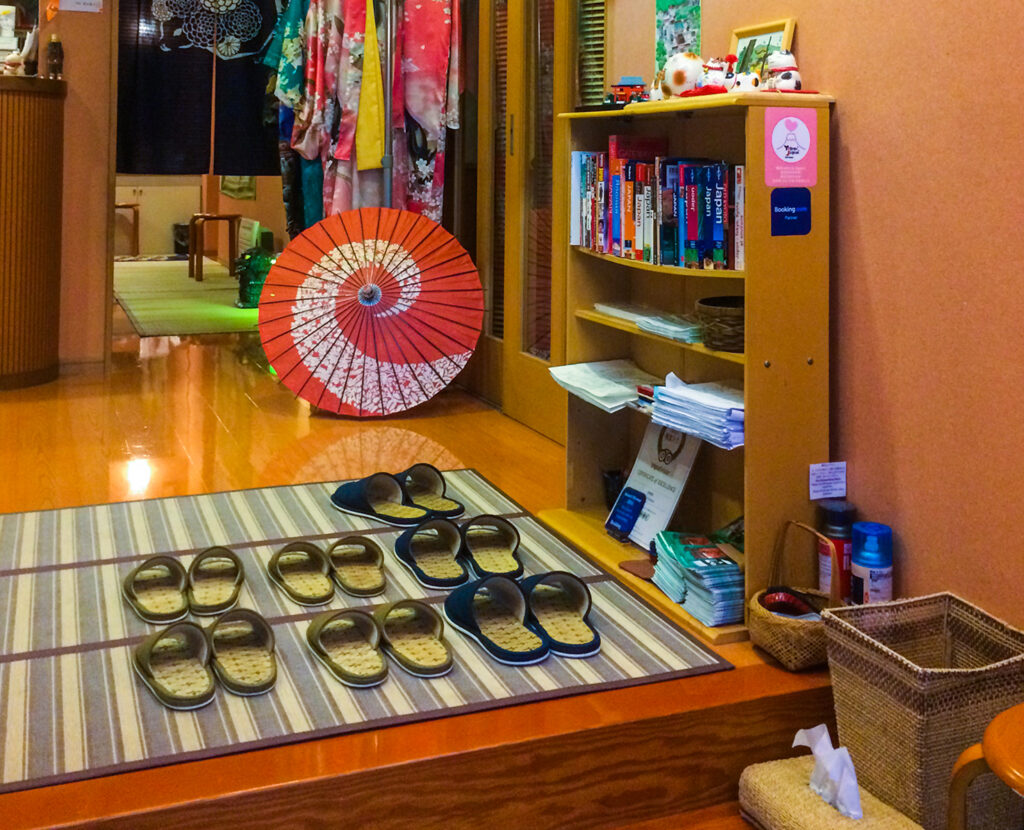
Style of Rooms
Walking into your room, you will immediately be blown away by how different it looks from any other hotel room you’ve ever stayed inside. Staying at a Ryokan is unlike any other hotel experience. Guests typically stay in tatami mat rooms with futons for sleeping, and traditional sliding doors called shoji. The rooms are designed to be simple and uncluttered, creating a peaceful atmosphere.
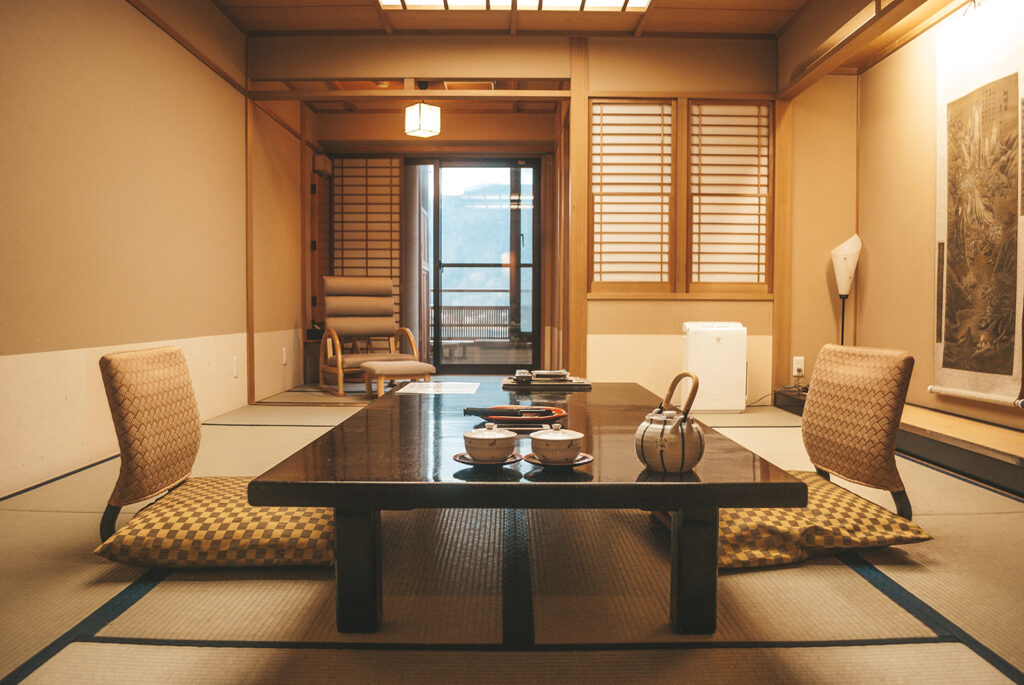
Living/Dining Room
Laid out on the floor of the living/dining room is a low table and set of chairs called “zaisu.” Since the tatami mats are delicate, sharp furniture legs could not be placed on top. So the legless chair called the zaisu was invented. In the winter, some rooms will come with a kotatsu table. These tables have a large blanket that sits on top with a heat source underneath. Perfect for keeping you warm as you sit at the table. Since Ryokans are a popular escape, these really make your stay more comfortable even in the winter.
To complete your dining room, you’ll always find a tea set for your convenience. This means you can have a warm cup of tea any time of the day in the comfort of your room.
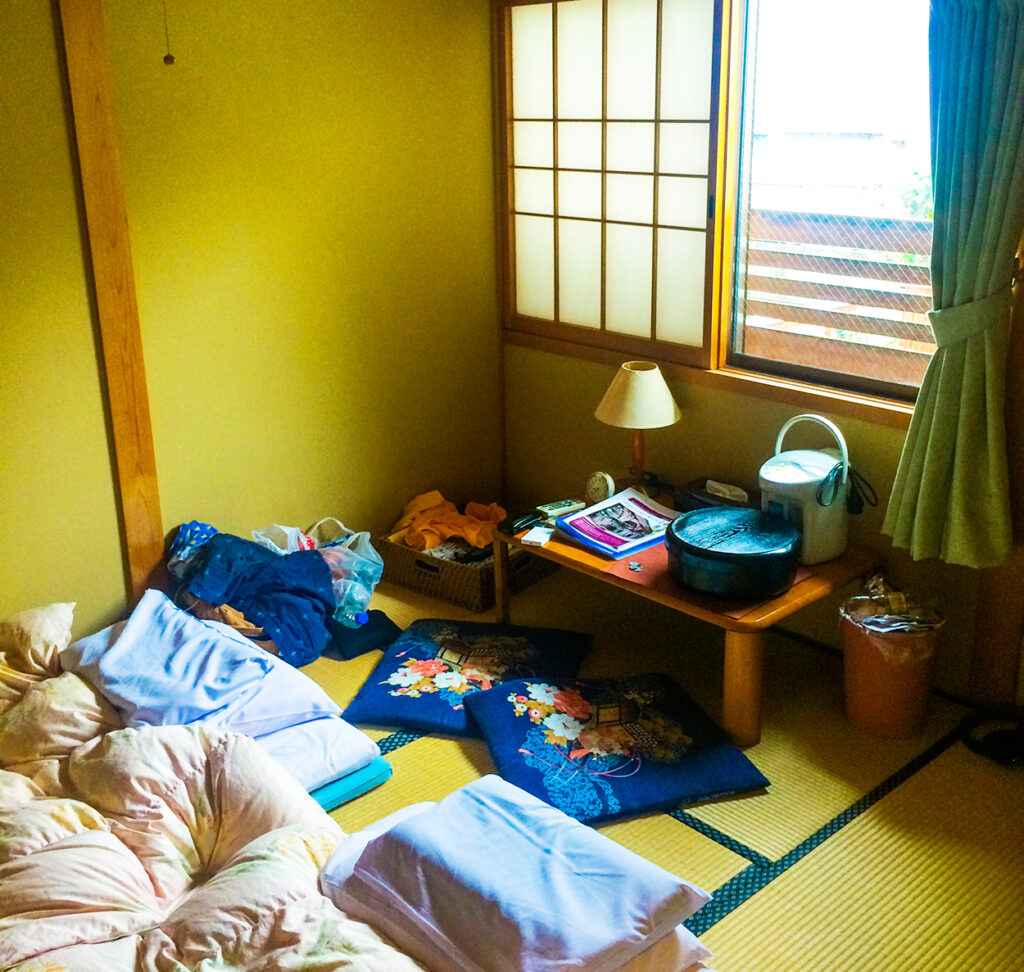
The Bedroom Transformation
When you first enter your room, you might be wondering, “where is the bed?“. You’ll look all over, but you won’t find one. Instead of a separate bedroom and living room, Ryokans combine the two into one transformative space. When you are out in the evening, the staff will come into your room and set up your bed for you. I always try to hit upon the onsen in the evening to allow the staff some time to make this change.
Hidden away either in the closet or nearby storage area is a Japanese futon laid out on the floor, and the table and chairs are moved away for the evening. This change will happen like magic as if performed by elves or other enchanting creatures. Unlike most hotel rooms which only have a bedroom, it’s really nice to be able to have both a living room, dining room and bedroom all to yourself. Ryokans give you this but without requiring an enormous amount of space.
Japanese Futons
One of the most significant differences in the accommodation inside Ryokans compared to a normal hotel is the bedding. Instead of a traditional bed frame and box spring, Ryokans feature sleeping futons. But these are not the western-style futons you might imagine (those fold-down couches we all had from Ikea in college). These futons are fold-up mattresses covered in a thick duvet. The tatami mats on the floor provide a slightly softer base for the futon. So it doesn’t feel like sleeping on a hard floor. I was pleasantly surprised by how comfortable they were! The reason for the futons is that they are so pliable and can be stored during the day to increase your living space. This is not just something which is done in a Ryokan but all over Japan, where homes are very small.
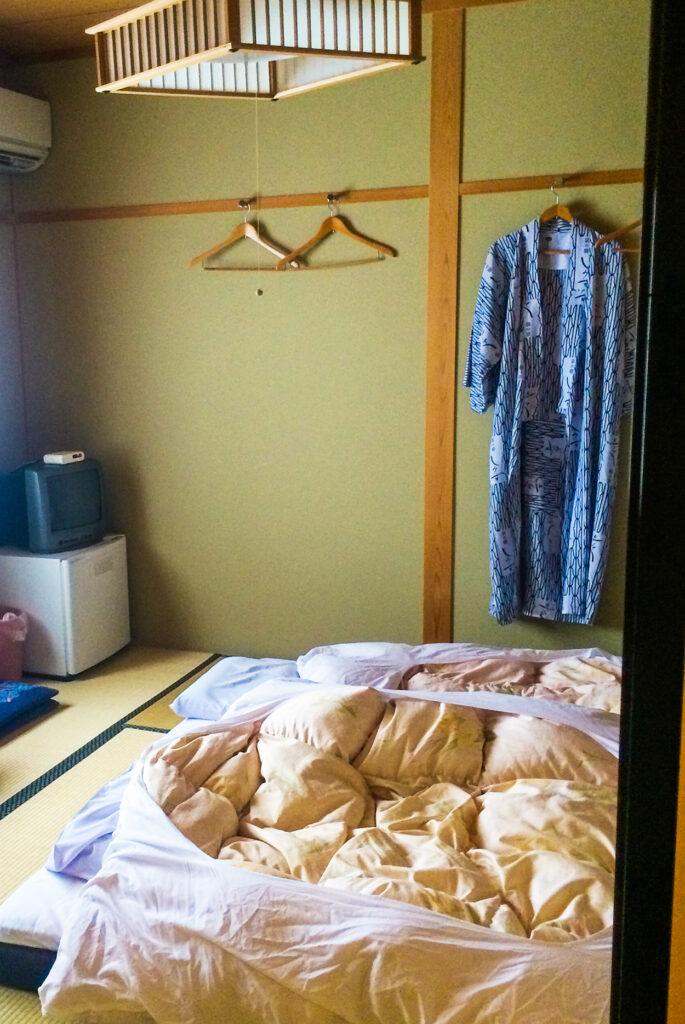
Yukatas
Inside your room or picked up when you enter the hotel, you will find your yukata. Yukatas are called “summer kimonos” or “casual kimonos” as they are made of a lighter fabric than traditional ceremonial kimonos. Yukatas were initially designed in indigo and white fabrics to distinguish them from kimonos. Wearing your yukata around the Ryokan is another way of shifting your mindset into a more relaxed state of being.
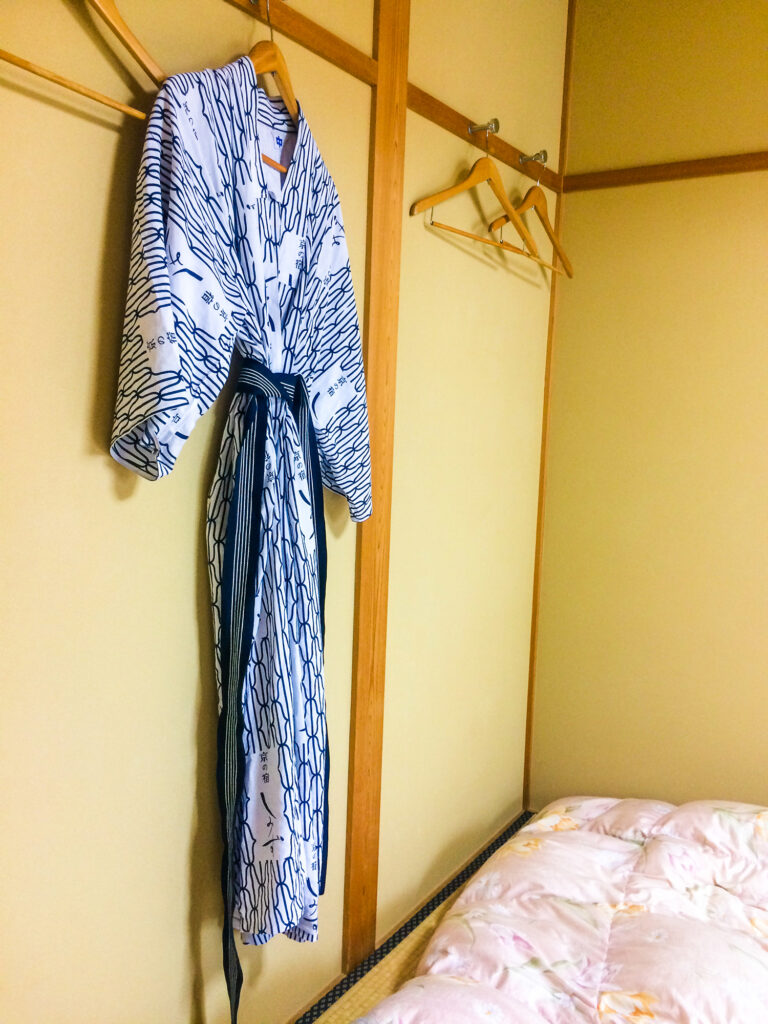
If you don’t know how to put on your yukata, look around the room as there is usually a little handout that will instruct how to put it on. Otherwise, you can always ask the staff to help out. One of the most important things to remember is to make sure you belt the yukata left side over right. This is important as the reverse symbolizes death in Buddhism. We loved wearing our Yukatas around and I even ended up buying my own to wear when I got back to Canada!
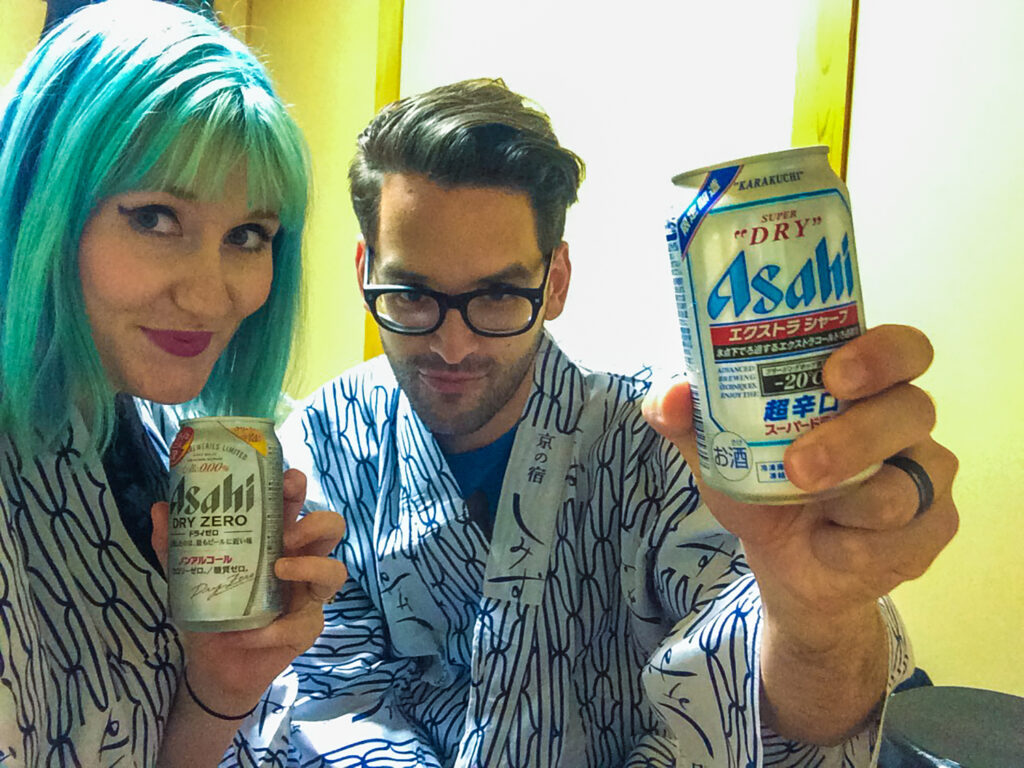
Onsen
The onsite onsen is one of the best parts of your stay in a Ryokan. At least it was for me! An ‘Onsen‘ is the Japanese word for hot spring. Since Japan is a volcanically active country, there are thousands of natural onsens all over the place. Many Ryokans have taken advantage of this and created bathing pools around the natural springs. It is thought that the minerals in the volcanic waters provide many different health benefits from muscle relaxation to help with insomnia and stress. But for me, the best part is a foot soak after a long day of walking around a new city.
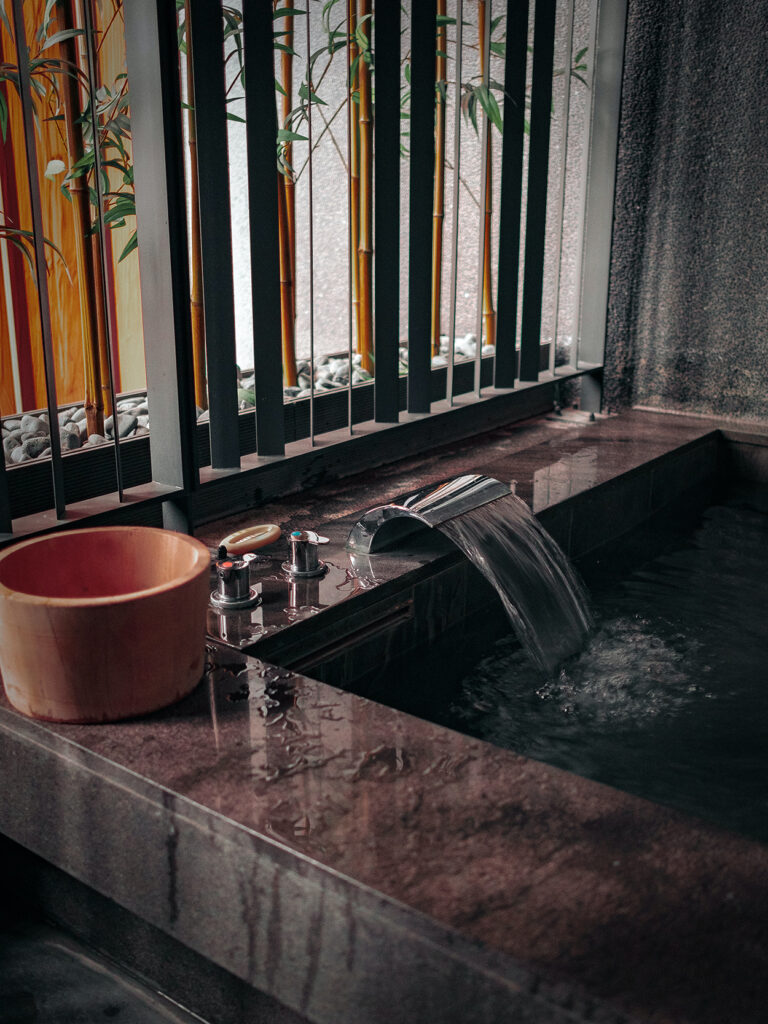
Onsen Etiquette
Depending on the type of Ryokan you’re staying at, there may be shared/public onsens. Or you might be lucky enough to have an onsen right in your room! But there are also Ryokans with onsite onsens that allow you to book a time to experience a private bathing session. If you have never been to an onsen before, there are a few essential things to keep in mind.
Public Onsens have a Male and Female Area
When you arrive at a public Ryokan onsen, you will take off your shoes and enter one of two different change rooms. These change rooms lead into the male and females areas of the onsen. They are generally marked in Japanese, so you can always ask your hotel attendant for help if they are not marked in English.
You MUST be Naked
Once you enter the change room, grab yourself a locker. Usually, your hotel will provide you with a towel to dry yourself after you’re finished. Put your drying towel, yukata and all the rest of your belonging and clothes inside. And yes, I mean all of your clothes! No bathing suits allowed. You enter the onsen wearing nothing but your birthday suit. The one item you are allowed to bring into the onsen area is a small “modest towel”.
Although going into a public bath naked might seem pretty intimidating, it’s just one of those things you’ll get used to. Everyone else is naked too. It’s not only you. Public bathing is so common in Japan, so the locals aren’t phased. Don’t worry about feeling like people are looking awkwardly at you – they aren’t.
Modesty Towel
The one item you have with you to help with those initial nerves is your modesty towel. This small hand towel is meant to hold over your private parts for an extra little bit of coverage if you’re shy. This is never to be dipped right into the water, and you must place it on your head to keep it out of the water once you get into the water.
Take a Shower First
Before getting into the onsen, you must take a shower. But these are not western-style stand-up showers. Instead, you’ll usually find a long bar of low shower heads with little stool beside them. You will sit on the chair and wash with the shampoo and body wash provided. No need to bring anything in yourself, it will all be there ready for you.
No Phones in Public Onsens
This might not need to be said, but since public onsens are, well, public, there are no phones allowed inside. This is to ensure no one is taking photos. Take this time without your devices to unwind and disconnect. Private onsens on the other hand are fair game since you are there in private. But I would still advise you to take a few photos only and spend the majority of your time in peace and quiet.
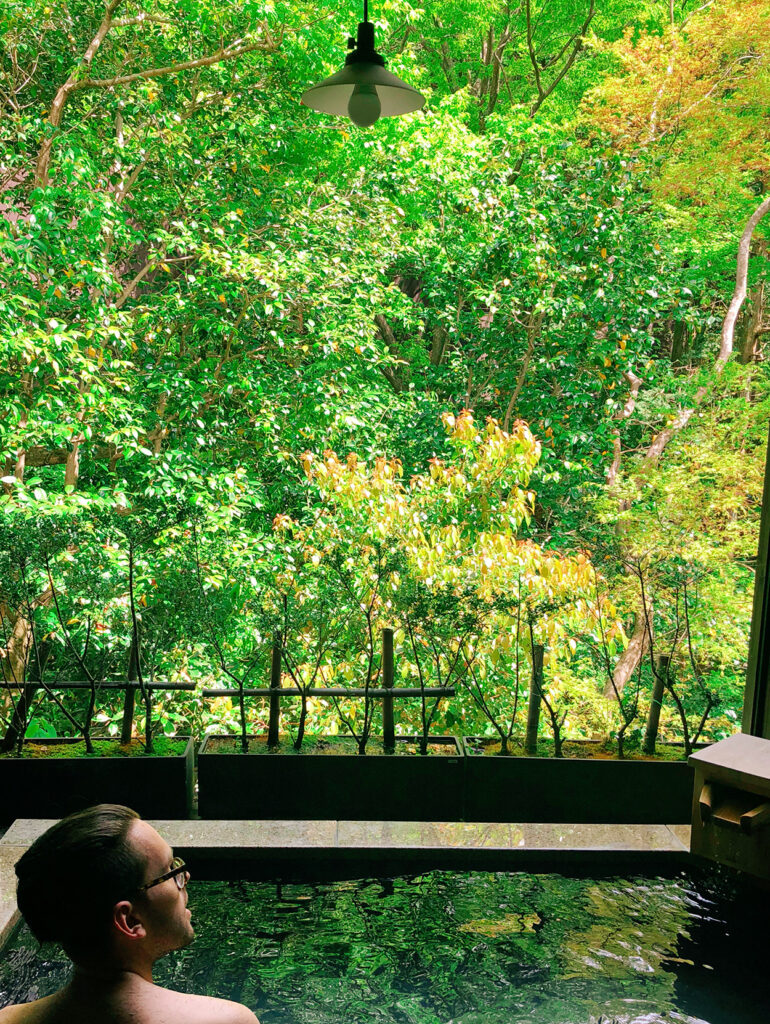
Tattoos
About 50% of public onsens do not allow you to come into the baths if you have tattoos. While this is an antiquated rule, for many traditional onsens, it still comes into effect. If you opt for a private onsen, you won’t need to worry about this rule. I always advise you ask your hotel operator before booking to ensure you won’t be disappointed when you arrive.
Other rules
- Never put your head under the water as this will contaminate the water
- Don’t wash your body inside the onsen; that is what the shower area is for
- If you have long hair, put it up in a high pony-tail to keep it out of the water
- The onsen isn’t for swimming and definitely no diving!
- Keep your voice to a low volume as an onsen’s experience is supposed to be a relaxing one
Kaiseki-ryori
In most Ryokans, dinner service will be included in your stay. Get dressed in your yukata and prepare yourself for a lovely meal. The meal will either be served in your room or in the communal dining area depending on the type of Ryokan. Public dining rooms are obviously less expensive than in-room service meals. When you check-in, the host will ask you what time you would like to eat. There are usually two or three meal times ranging from 6 pm to 8 pm.
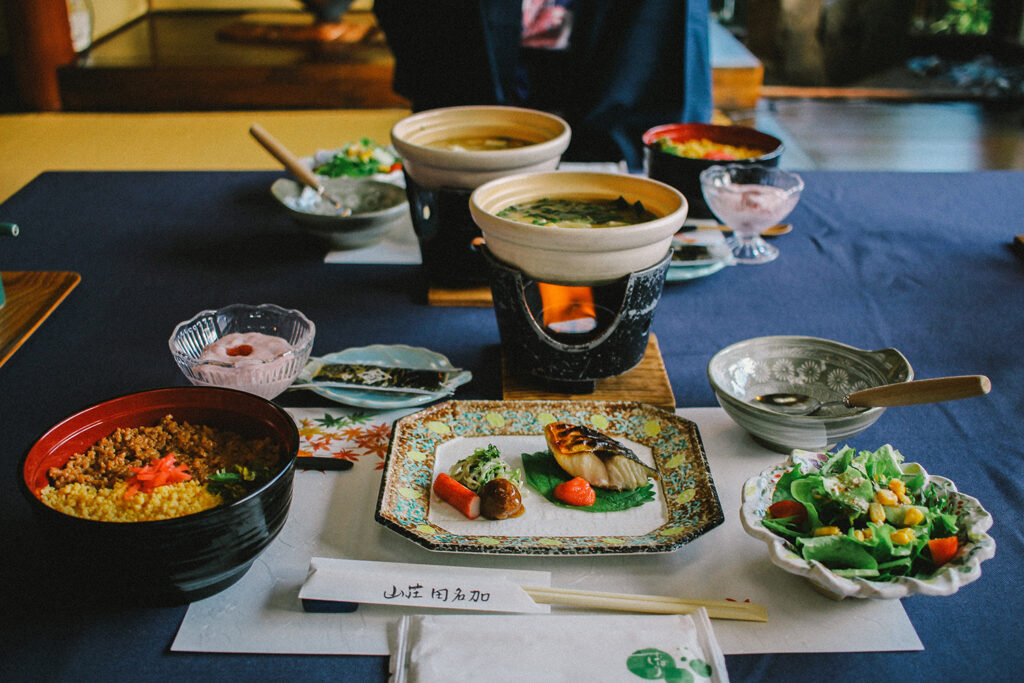
Kaiseki-ryori is the name of the meal served at the Ryokan. Kaiseki-ryori is considered to be the height of Japanese cuisine and fine dining. It is a multi-course meal, served on elegant lacquered and ceramic dishes. Each plate is laid out like a painting. The design of the platting is meant to enhance the taste of the food. The food on offer will be seasonal and local to the area. It is intended to connect your experience in the Ryokan to the natural environment around you. Common elements of the Kaiseki-ryori include miso soup, hot pot, fresh fish and, of course, tea and sake.
Breakfast
Many Ryokans also offer a traditional Japanese breakfast. If you have the option of adding this to your stay, I would implore you to opt for it. If you’ve never had a traditional breakfast before, this is your chance. A traditional Japanese breakfast includes seasoned rice, miso soup, grilled fish, tofu and eggs.
While Ryokans are a splurge, without a doubt, it’s important to remember all the different things included in your stay, as laid out in this post. Ryokans really are more than the sum of their parts. They are places that put your body and spirit into a different mindset, like a hard reset to the stress and exhaustion that travelling can bring. It was one of my favourite parts of my first trip to Japan, and I hope you find it is the same for you as well. Let me know in the comments where you are hoping to stay in a Ryokan and what you are most looking forward to doing!
Happy Travels, Adventurers!

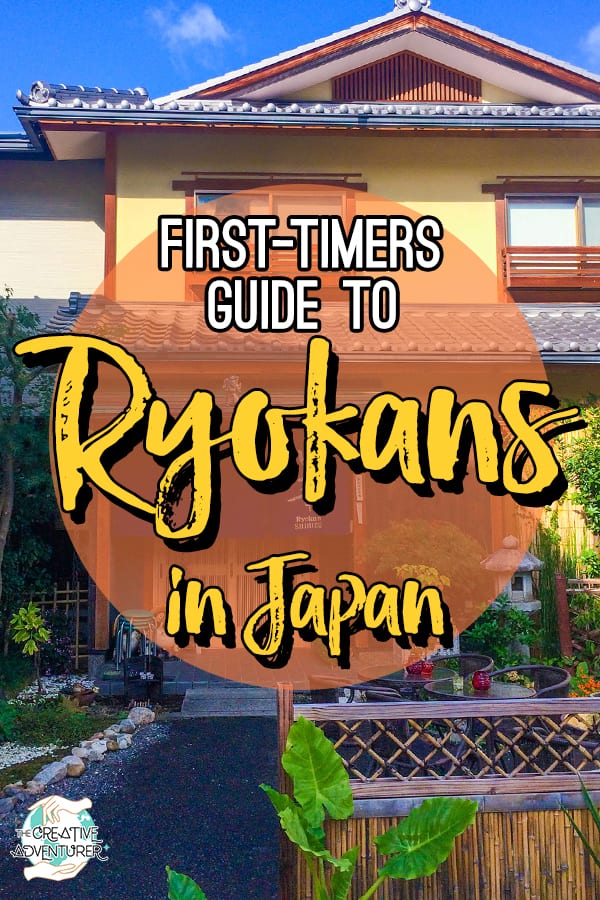
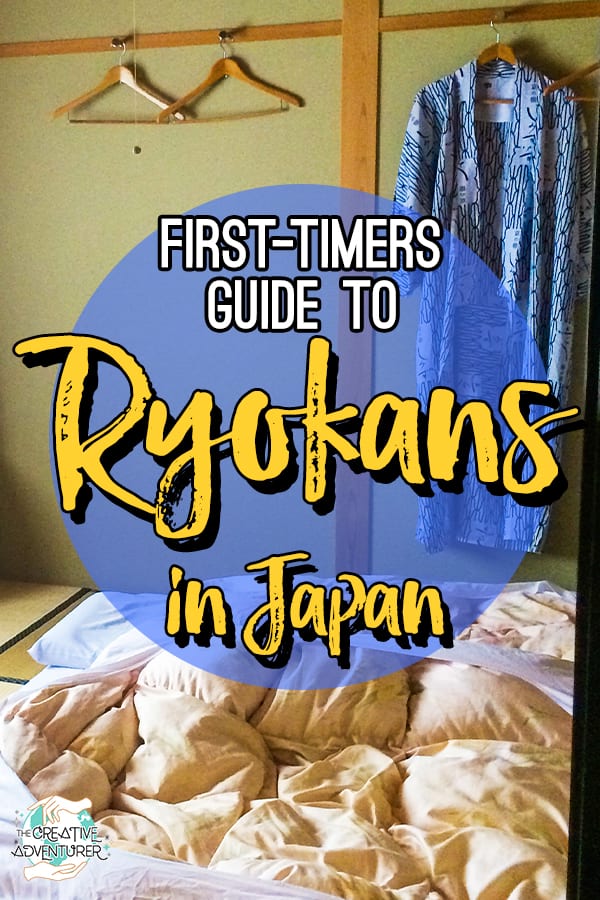
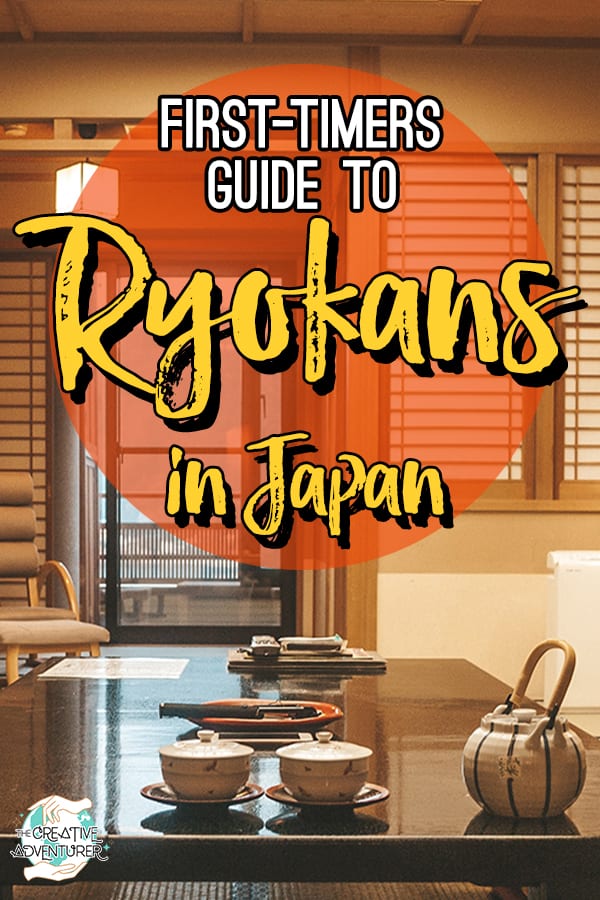
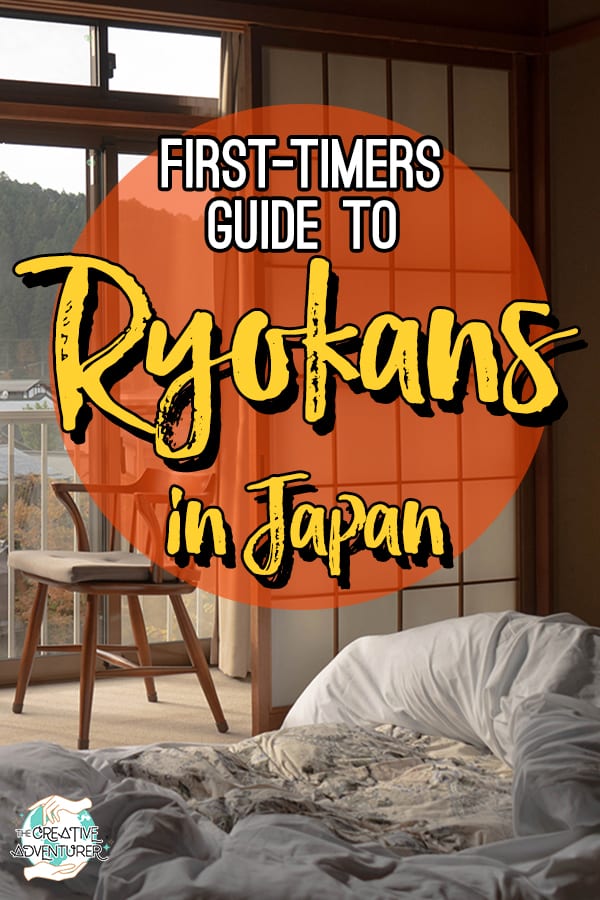
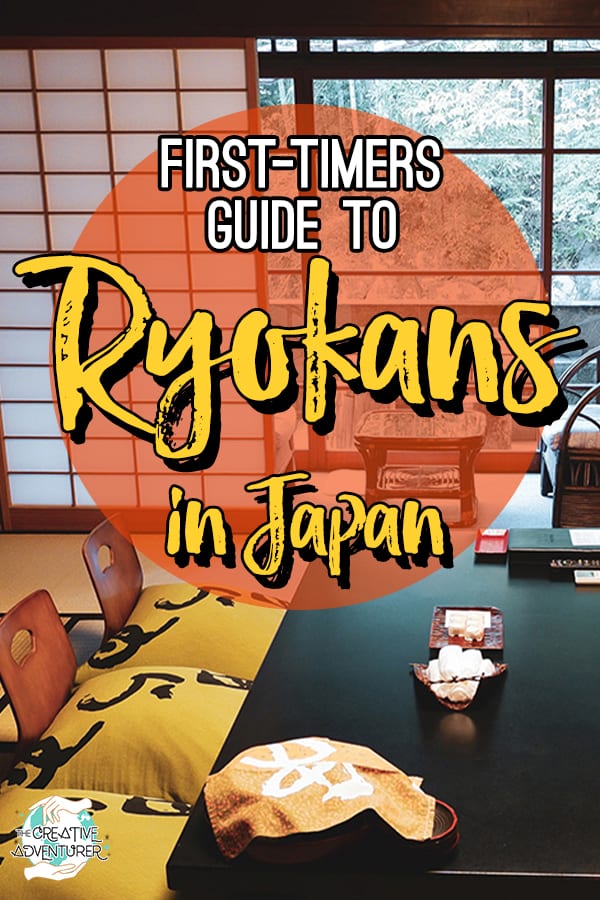


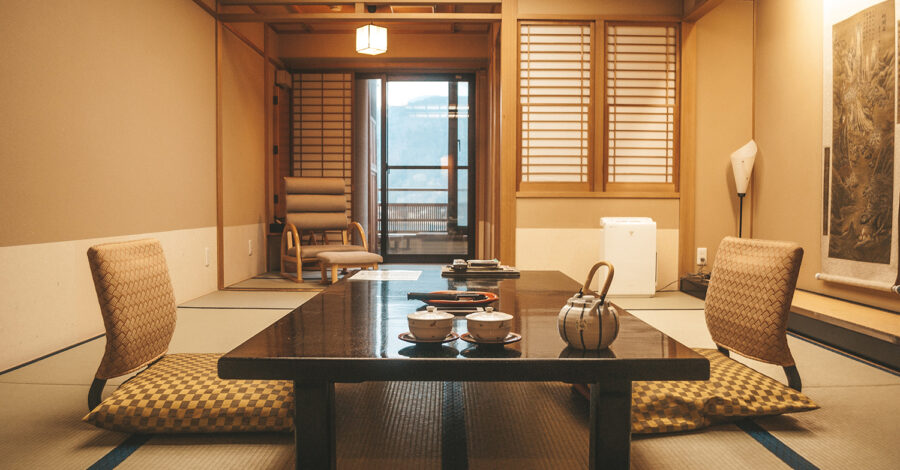
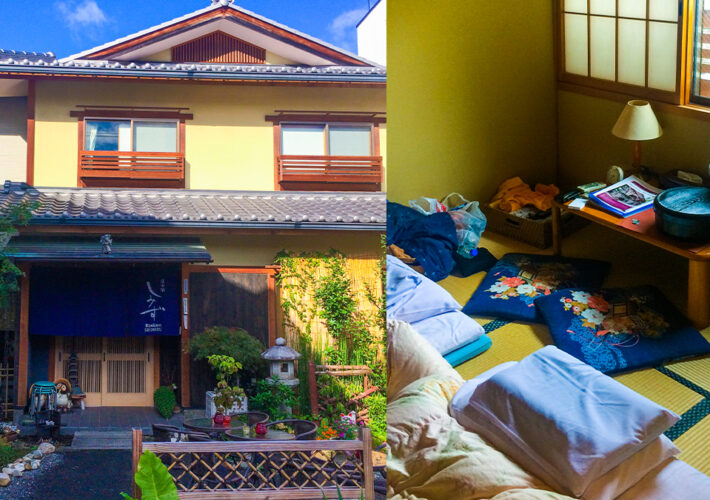
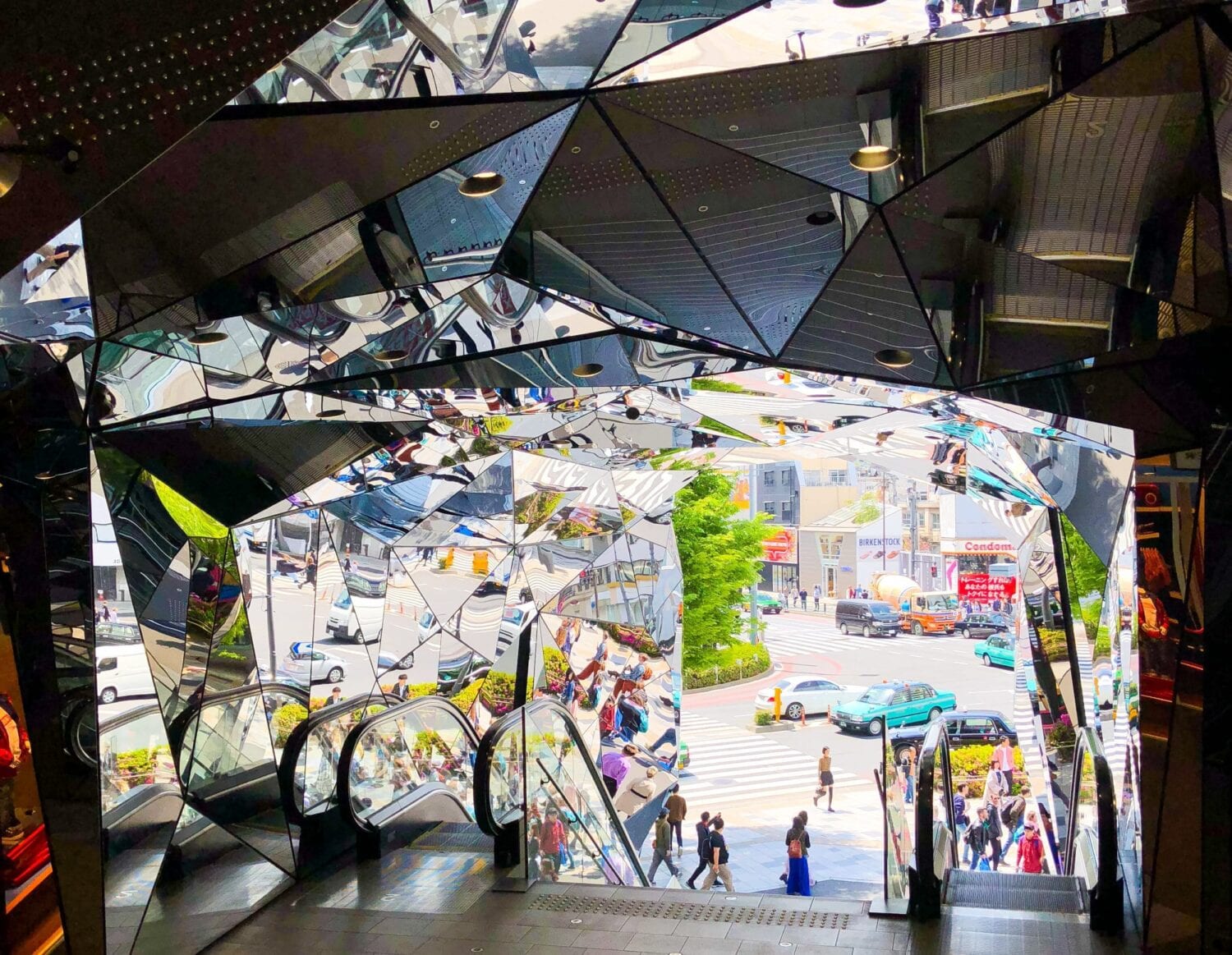
Leave a Comment